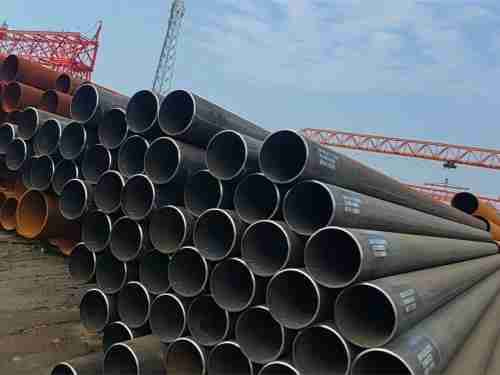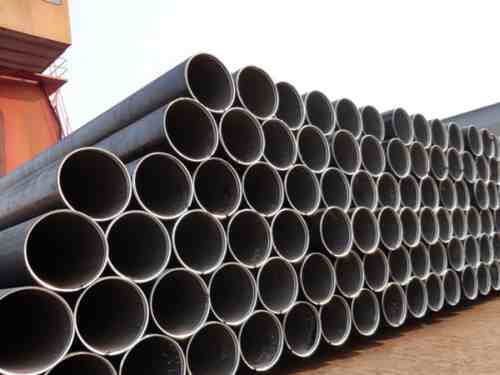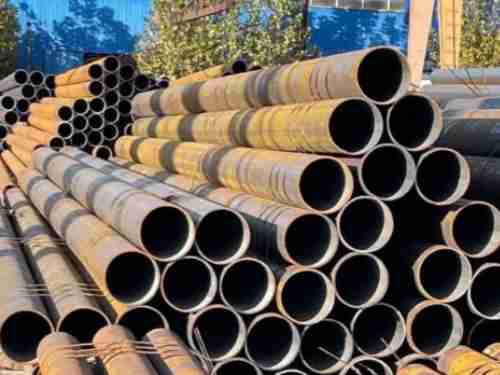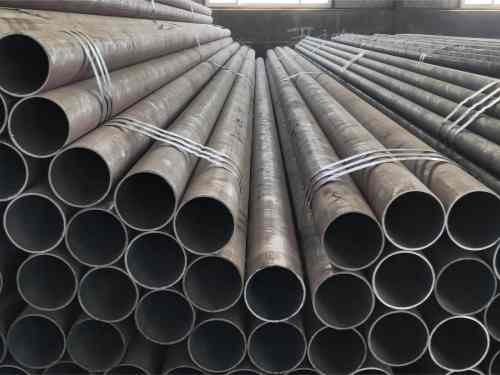EN 10210 and EN 10219 are two of the most widely recognized European standards for structural steel pipes. While both are used in construction and industrial applications, they differ significantly in terms of manufacturing process, material requirements, and typical use cases. Below is a detailed comparison.
Overview of EN 10210 – Hot-Finished Structural Steel Pipes
EN 10210 applies to hot-finished seamless or welded steel tubes used in load-bearing structures subjected to demanding conditions such as high pressure and temperature.
Key Features:
Material Requirements: Covers non-alloy and fine-grain alloy steels, with strict controls on chemical composition and mechanical properties.
Manufacturing Process: Focuses on hot rolling and subsequent controlled cooling to ensure structural integrity and dimensional accuracy.
Quality Inspection: Enforces rigorous testing for dimensions, wall thickness, strength, and toughness to meet high-performance demands.
Classification & Applications:
Non-alloy Steel Pipes: Ideal for general structural uses like industrial buildings and warehouses.
Alloy Steel Pipes: Designed for high-stress applications such as boilers, pressure vessels, and pipelines in energy sectors, thanks to enhanced strength, corrosion resistance, and heat resistance.
Overview of EN 10219 – Cold-Formed Welded Structural Steel Pipes
EN 10219 specifies requirements for cold-formed welded structural tubes, commonly used in building construction, bridgework, and public infrastructure.
Key Features:
Material Control: Addresses both non-alloy and alloy steels, with detailed specifications for chemical composition, mechanical properties, and dimensional tolerances.
Production Method: Utilizes cold-forming and high-frequency welding, resulting in precise geometry and excellent surface quality without thermal processing.
Quality Assurance: Includes strict guidelines for weld integrity, strength, and performance under structural loads.
Classification & Applications:
EN 10219-1 (Non-alloy Steel): Suitable for conventional load-bearing structures such as building frames, supports, and bridges.
EN 10219-2 (Alloy Steel): Used in more demanding environments like heat exchangers, gas pipelines, and pressure systems due to better mechanical and corrosion resistance.
Key Differences Between EN 10210 and EN 10219
|
Feature
|
EN 10210 (Hot-Finished)
|
EN 10219 (Cold-Formed Welded)
|
|
Manufacturing Process
|
Hot-rolled, heat-treated
|
Cold-formed and welded without heat treatment
|
|
Typical Applications
|
High-pressure, high-temperature equipment
|
Structural components in buildings and infrastructure
|
|
Material Focus
|
High-strength and heat-resistant alloys
|
Emphasis on weldability and dimensional precision
|
|
Production Equipment
|
Requires hot rolling mills, heating furnaces
|
Uses cold-forming lines and welding equipment
|
How to Choose Between EN 10210 and EN 10219
When selecting a standard for your steel pipe needs, consider the following:
Operating Environment
For high-temperature, high-pressure conditions, EN 10210 is preferred.
For conventional structural use, EN 10219 is typically sufficient.
Performance Requirements
Choose EN 10210 for enhanced corrosion resistance and heat tolerance.
Use EN 10219 when dimensional accuracy and cost-efficiency are priorities.
Production and Cost Considerations
EN 10219 offers a more economical solution for large-scale structural projects.
EN 10210 is better suited for high-spec applications in oil, gas, and energy sectors.
Conclusion:
EN 10210 and EN 10219 each serve distinct roles in the structural steel industry. Understanding their differences allows engineers, designers, and procurement teams to select the right material for safety, performance, and cost-effectiveness.

 English
English Español
Español











